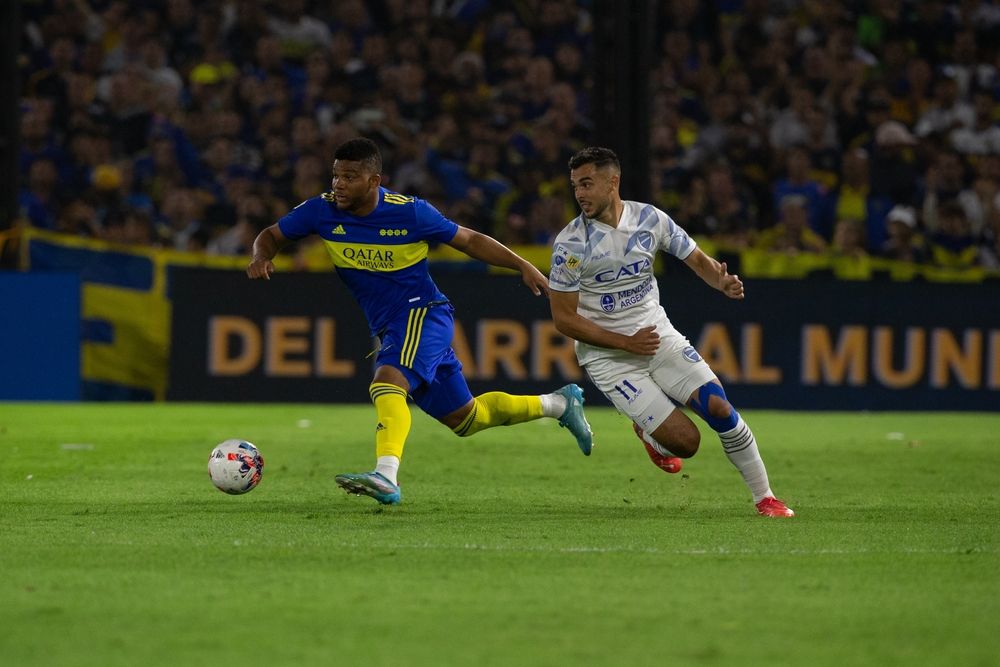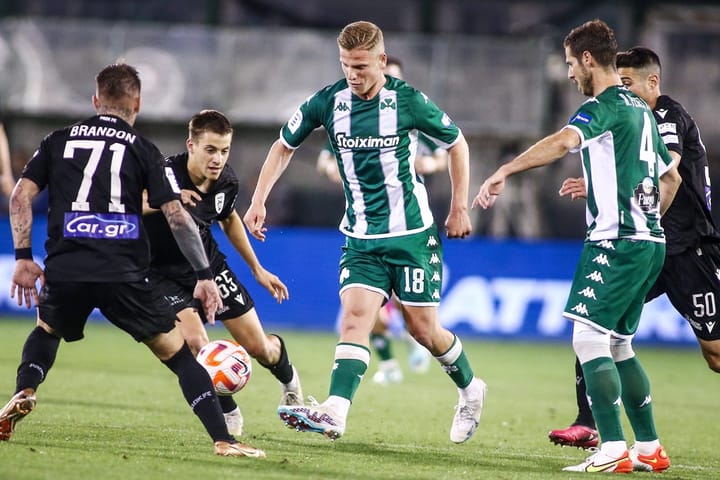The 'Cinco Grandes': The Five Most Influential Soccer Clubs in Argentina
The 'Big Five' have dominated Argentine soccer for decades. In this article, we will explore the Cinco Grandes, the five most important soccer clubs in Argentina.

Argentina, a country synonymous with the tantalizing dance of tango and the wizardry of soccer, has gifted the world with some of the most captivating moments on the soccer field. From the streets of Buenos Aires to the corners of Rosario, the nation's passion for the sport is palpable, etched into the very fabric of its culture. At the heart of this fervor stand five clubs, each carrying legacies that intertwine with the nation's history and the global evolution of soccer. These clubs, known as the Big Five or Cinco Grandes, have dominated Argentine soccer for decades and have a massive fan base that stretches across the country. In this article, we will take a closer look at these iconic clubs, their rich histories, and their significance in Argentine soccer.
Boca Juniors: The Club of the Masses
Boca Juniors is a club that holds a special place in the hearts of millions of Argentines. Its founders were five Italian immigrants from Genoa, which in turn spawned the nickname 'Xeneizes' (Genoese) for its fans. With a fan base of approximately 16.1 million supporters, Boca Juniors is considered the most popular club in Argentina. The club's nickname, La Mitad Mas Uno (Half Plus One), refers to the claim that the majority of Argentina's population supports Boca Juniors.
Founded in 1905, Boca Juniors has a storied history filled with success. The club has won numerous 35 domestic championships and 22 trophies in international competitions, including winning the prestigious Copa Libertadores four times in seven years. With legends like Martin Palermo, Carlos Tevez, and Juan Roman Riquelme gracing their ranks, Boca Juniors has cemented its status as one of the greatest clubs not only in Argentina but also in the world.
River Plate: The Eternal Rival
The rivalry between Boca Juniors and River Plate is one of the most intense and passionate in the world of soccer. River Plate, also known as Los Millonarios, has a rich history that dates back to its founding in 1901. The club's iconic white and red jersey represents elegance and excellence on the pitch.
With 52 top-division titles to their name, River Plate is the most successful club in Argentina. The club has won an impressive 18 international competitions, including the Copa Libertadores and the Intercontinental Cup. Despite suffering a temporary setback with relegation in 2011, River Plate quickly bounced back and reclaimed their place in the top flight of Argentine soccer. The Superclásico, the derby between Boca Juniors and River Plate, is a spectacle that captivates the nation and showcases the intense passion and rivalry between these two powerhouses.
Independiente: The King of Cups
Independiente, known as the Diablos Rojos (Red Devils), has earned the title of the King of Cups for its remarkable success in international competitions. With seven Copa Libertadores victories, Independiente is the most successful club in South America at the continental level. The club's glorious past is filled with memorable moments and legendary players who have left an unforgettable mark on Argentine soccer.
Despite facing recent challenges and a relegation to the Nacional B, Independiente's loyal fanbase remains strong and with their support managed a swift return to the top flight. The club's demanding supporters expect not only success on the pitch but also beautiful and attractive soccer. With a grand tradition and a passionate fanbase, Independiente's legacy in Argentine soccer is undeniable.
Racing Club: Triumphs and Challenges
Racing Club, also known as La Academia (The Academy), has had its fair share of triumphs and challenges throughout its history. Racing Club is also known as "El Primer Grande" (The First Great), for becoming the first club in the world to win seven league titles in a row, first Argentine club to win a national cup. Established in 1903, Racing Club was the first Argentine club to be crowned world champions in 1967. The club's victory over Celtic in the Intercontinental Cup was a defining moment that solidified Racing Club's place among the elite.
Over the years, Racing Club has faced instability off the field and in the boardroom, which has affected its on-field performances. Despite these challenges, the club has remained a top producer of young talent, with players like Sergio Romero, Diego Milito, and Lisandro Lopez starting their careers at Racing Club before moving on to achieve success in Europe. The loyal fanbase of Racing Club continues to support the team through thick and thin, hoping for a return to their glory days.
San Lorenzo de Almagro: Saints and Suffering
San Lorenzo de Almagro, also known as El Ciclón (The Cyclone), is a club with a passionate fanbase and a rich history. They are called El Ciclón because San Lorenzo's historical rival is Club Atlético Huracán, which means "hurricane". The nickname is adopted since cyclones are stronger than hurricanes
The club's supporters take pride in their celebrity fans, including Pope Francis, who is a lifelong San Lorenzo supporter. San Lorenzo's fanbase is known for their passionate singing and colorful array of club songs that resonate from the terraces.
While San Lorenzo has not yet achieved the same level of international success as the other Big Five clubs, the club has a strong local following and has enjoyed domestic glory. The club's journey has not been without its challenges, including the forced sale of their iconic stadium, the Gasometro, in the 1980s.
The Big Five clubs, Boca Juniors, River Plate, Independiente, Racing Club, and San Lorenzo de Almagro, are the powerhouses of Argentine soccer. These clubs have a massive fan base that extends beyond their respective cities, captivating the entire nation with their fierce rivalries and thrilling matches. The Superclásico between Boca Juniors and River Plate, as well as the Avellaneda derby between Independiente and Racing Club, are fixtures that ignite passion and divide the country.
As Argentine soccer continues to evolve, new clubs may emerge as contenders, challenging the dominance of the Big Five. However, the legacy and traditions of these iconic clubs will continue to shape the landscape of Argentine soccer for years to come. The passion and dedication of their fans, coupled with their illustrious histories, ensure that the Big Five will always hold a special place in the hearts of Argentine soccer enthusiasts.




